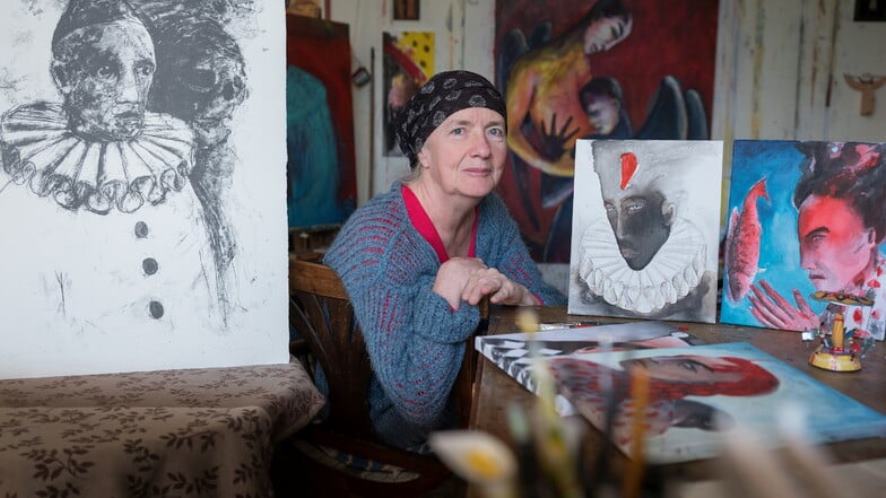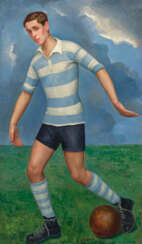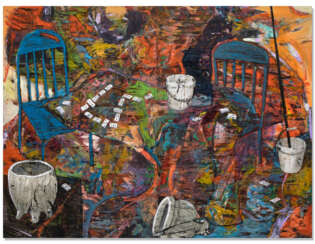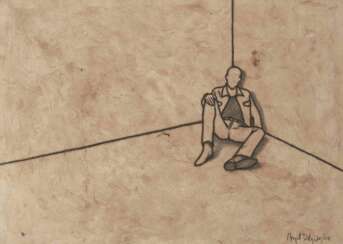angels

Angel Otero is a contemporary visual artist.
Stylistically, Otero practices a process-based art that combines painting and assemblage. Otero has exhibited internationally in solo and group exhibitions.


Angel Otero is a contemporary visual artist.
Stylistically, Otero practices a process-based art that combines painting and assemblage. Otero has exhibited internationally in solo and group exhibitions.


Angel Otero is a contemporary visual artist.
Stylistically, Otero practices a process-based art that combines painting and assemblage. Otero has exhibited internationally in solo and group exhibitions.


Angel Otero is a contemporary visual artist.
Stylistically, Otero practices a process-based art that combines painting and assemblage. Otero has exhibited internationally in solo and group exhibitions.


Angel Otero is a contemporary visual artist.
Stylistically, Otero practices a process-based art that combines painting and assemblage. Otero has exhibited internationally in solo and group exhibitions.


Angel Otero is a contemporary visual artist.
Stylistically, Otero practices a process-based art that combines painting and assemblage. Otero has exhibited internationally in solo and group exhibitions.


Angel Otero is a contemporary visual artist.
Stylistically, Otero practices a process-based art that combines painting and assemblage. Otero has exhibited internationally in solo and group exhibitions.


Angel Otero is a contemporary visual artist.
Stylistically, Otero practices a process-based art that combines painting and assemblage. Otero has exhibited internationally in solo and group exhibitions.


Angel Otero is a contemporary visual artist.
Stylistically, Otero practices a process-based art that combines painting and assemblage. Otero has exhibited internationally in solo and group exhibitions.


Angel Otero is a contemporary visual artist.
Stylistically, Otero practices a process-based art that combines painting and assemblage. Otero has exhibited internationally in solo and group exhibitions.


Angel Otero is a contemporary visual artist.
Stylistically, Otero practices a process-based art that combines painting and assemblage. Otero has exhibited internationally in solo and group exhibitions.


Angel Delgado Fuentes is a Cuban visual artist who lives in Long Beach, California.
The work of Angel Delgado, goes around a point: the freedom of the individual or the lack of this, his artwork is based fundamentally on the limitations, restrictions, prohibitions, controls and lack of freedoms that are imposed on the human being within the society.


Angel Otero is a contemporary visual artist.
Stylistically, Otero practices a process-based art that combines painting and assemblage. Otero has exhibited internationally in solo and group exhibitions.


Angela Lo Priore is an Italian portrait photographer living and working in Rome and Milan.
Women are one of the main subjects of Angela's photographs, but scenic design plays an important role here, helping to create surrealistic subjects.
Having experimented with different forms of photography in architecture, advertising and fashion, Angela Lo Priore has found her true artistic expression in portraiture. The portraits of stars and divas of Italian and world cinema are her most famous works. The result of this work is the book "One Hundred Portraits", a gallery of one hundred stunning photographic portraits of famous actors, actresses and directors.


Angel Otero is a contemporary visual artist.
Stylistically, Otero practices a process-based art that combines painting and assemblage. Otero has exhibited internationally in solo and group exhibitions.

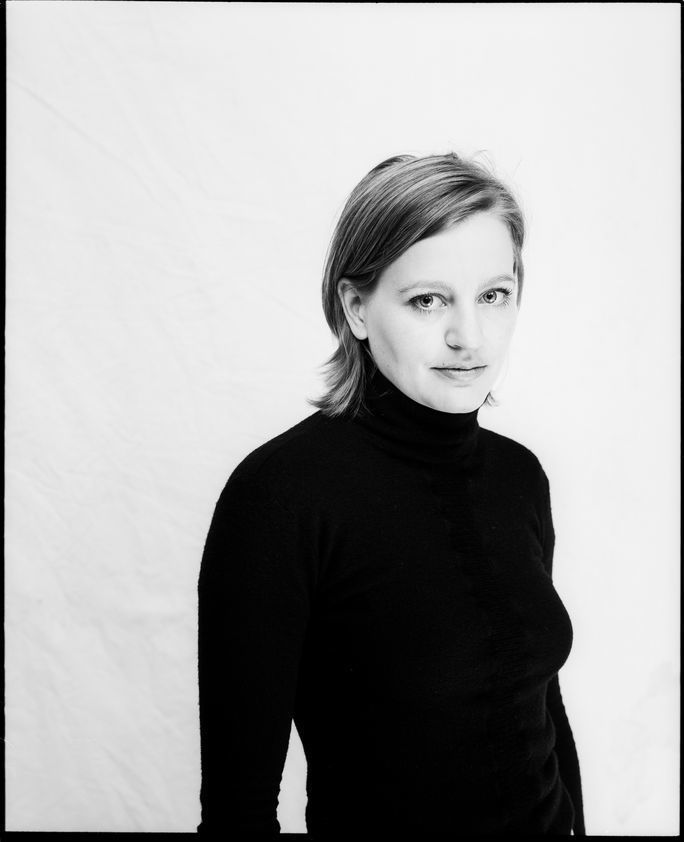
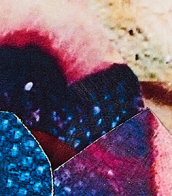
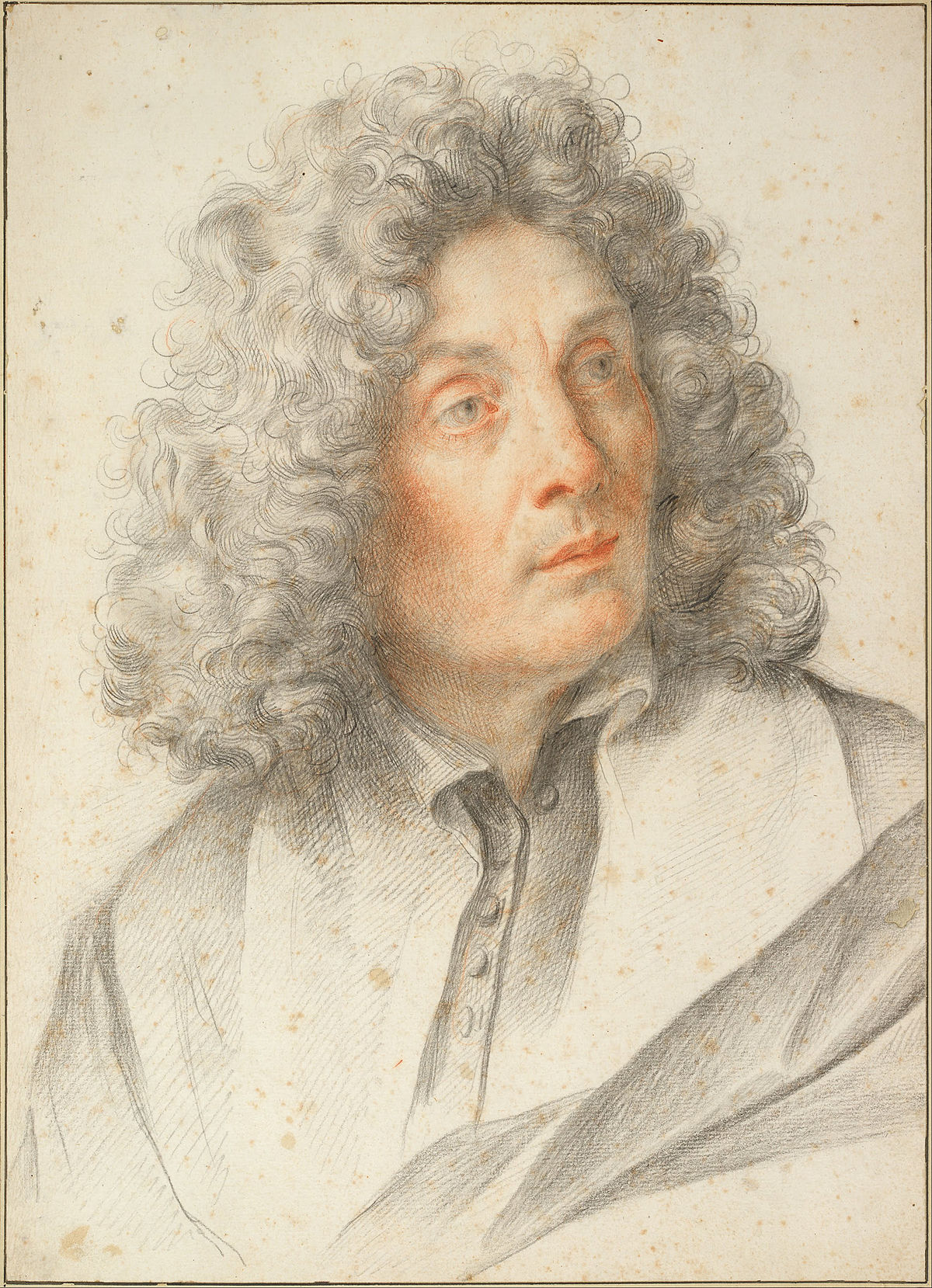
Carlo Maratta, an Italian painter, was a prominent figure in the Roman school of art during the late 17th century. Known for his classical approach to Baroque painting, Carlo Maratta's works were deeply influenced by the styles of Raphael and Andrea Sacchi, blending classical grandeur with Baroque expressivity. His training under Sacchi and subsequent exposure to Pietro da Cortona's coloristic style significantly shaped his artistic development.
Carlo Maratta's career flourished with a series of public and official commissions, making him a leading painter in Rome, especially after Bernini's death in 1682. His portfolio includes religious paintings, altarpieces, portraits, and fresco cycles, with a notable emphasis on paintings of the Madonna and Child, which reinterpreted High Renaissance motifs. His work was highly esteemed across Europe, influencing not only Italian art but also attracting the attention of English visitors on the Grand Tour.
One of Carlo Maratta's significant contributions to the art world was his involvement in painting restoration towards the end of his career, including works by Raphael and Carracci. This phase underscored his deep connection to the classical art tradition. Maratta passed away in Rome in 1713, leaving behind a legacy that continued to be celebrated in art history.
For art enthusiasts, collectors, and experts, Carlo Maratta's work offers a window into the transition between the Baroque and the emerging Rococo style, embodying a blend of dynamism and classical restraint. His paintings, many of which remain in situ in Roman churches, offer a testament to his enduring influence on Baroque classicism.
To stay updated on exhibitions and insights into Carlo Maratta's works, art aficionados are encouraged to subscribe for updates, ensuring access to the latest research and opportunities to view his celebrated works in museums and galleries around the world.

















